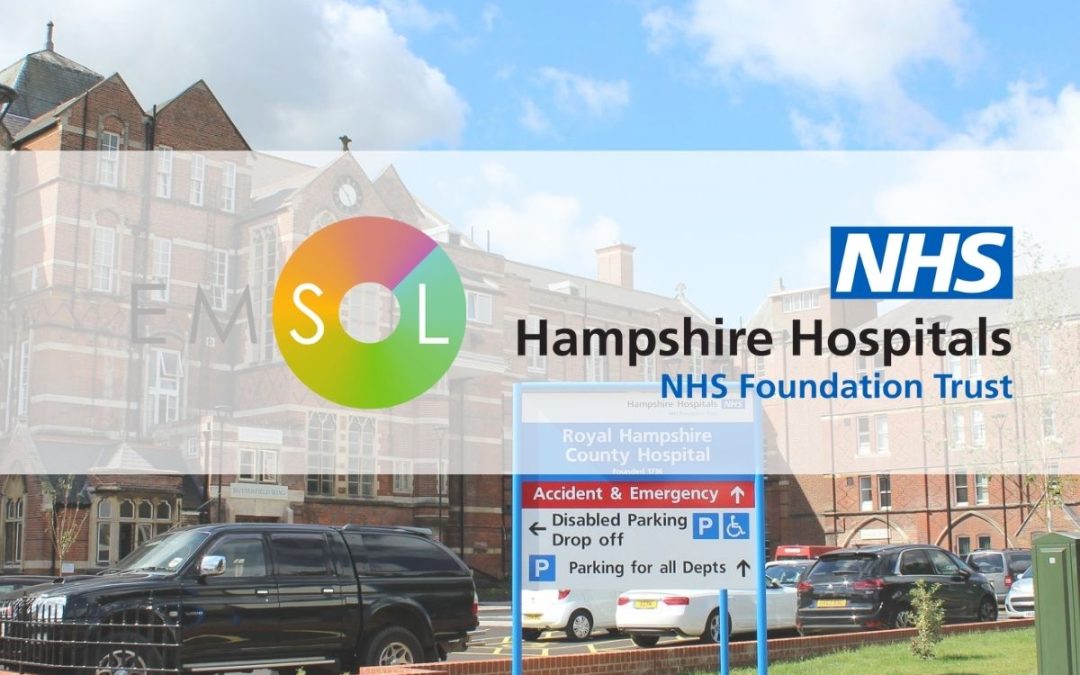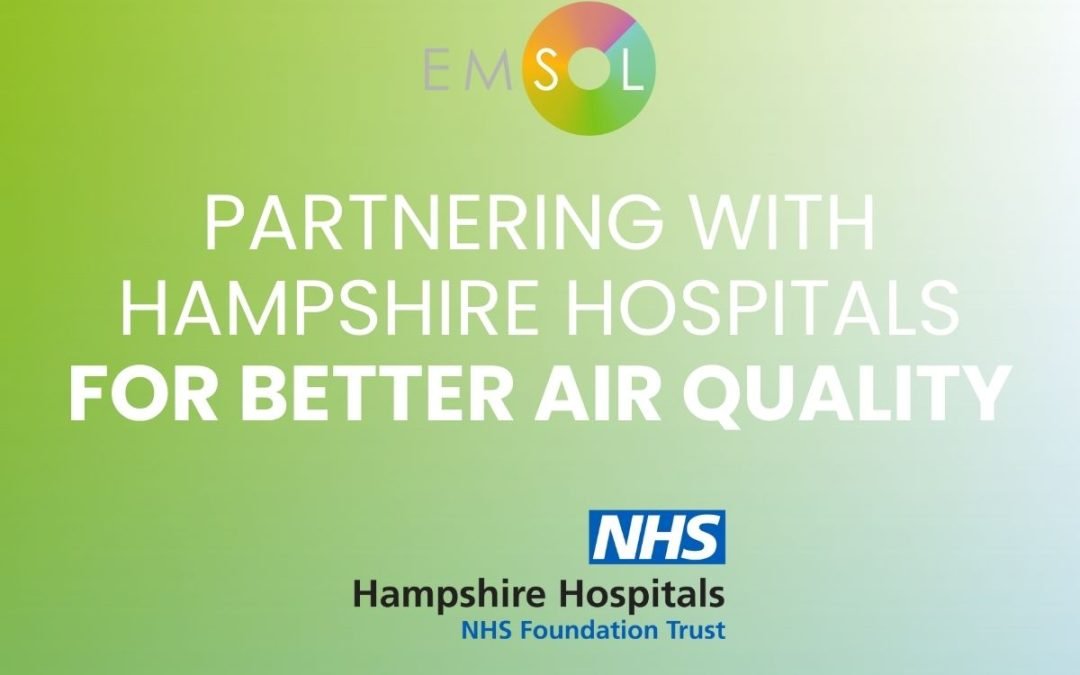Making the right technology purchasing decisions can be difficult, especially when evaluating solutions for complex challenges like monitoring air and noise quality. With so many vendors touting claims of effectiveness, how do you cut through the noise to select the right partner for you?
We’ve got to see through the noise and pick the solution that really works for our sites. Here’s some tips on how to go about it.
Get Crystal Clear on What You Need
Before reaching out to vendors, document your specific needs and what you want to achieve. Key considerations include:
- The types of pollutants you want to monitor and manage (particulates, NOx, noise, etc.)
- Required accuracy and granularity of measurements
- Real-time data visibility needs
- Ability to identify and attribute pollution sources
- Compliance reporting capabilities
- Ease of system deployment and use
Don’t just take a vendor’s word for it. Ask for in-depth platform demonstrations to experience firsthand how their solution works and what insights it can provide. You may even want visibility into real-world emissions data to make an informed decision.
Look Beyond Basic Monitoring
Many vendors provide straightforward monitoring capabilities. They are merely dataloggers that provide passive reporting and trends. But to drive meaningful change, you need advanced analytics and attribution. To really tackle pollution, you need smart stuff – real-time alerts when things go south, technology that will catch the real cause of pollution.
Get the Early Warning System
Traditional monitoring solutions are retrospective, generating monthly reports long after incidents occur. Wading through last months reports won’t prevent pollution. To stay ahead of issues, look for technology enabling proactive management through instant notifications when thresholds are exceeded. Stop trouble before it starts.
Verify the Claims
Go beyond the marketing claims. Review and compare the technical specs across vendors to understand how there approaches differ. Key things to look at include:
- Sensor accuracy and calibration
- Data bandwidth and transmission frequency
- Analytic data capabilities
- Overall solution uptime and reliability
- Validate Claims with Case Studies
Ask vendors to provide quantifiable examples and customer case studies that validate their claims around emissions reductions, improved compliance, quicker issue resolution, etc. Tangible use cases and metrics will help reveal true solution effectiveness.
Make Sure Aftermarket Support Is Solid
A technology is only as good as the ongoing support behind it. Gauge each vendor’s ability to provide responsive assistance during deployment and maintenance. Also look at their track record enhancing the platform with new capabilities.
By taking an in-depth, hands-on approach to vendor evaluations, you can find an emissions monitoring solution that aligns with your unique requirements and delivers maximum value.
Your Checklist
- What are your air and noise requirements for monitoring at your site?
- Do you just need monitoring or a solution that enables change?
- Does the solution enable you to take action to mitigate pollution?
- Does the solution meet your technical specifications?
- Are there case studies to support the claims?
- Does the solution provide support to enable success?
At EMSOL, we provide in-depth platform demonstrations and are transparent about capabilities to allow you to make informed decisions. Our real-time alerts, computer vision insights, and rich analytics enable targeted identification and reduction of pollution sources.
If you want to experience emissions monitoring technology that goes beyond the basic monitoring and straight to action, contact us for a customised demonstration showing how EMSOL can help you cut through the noise and achieve your site air quality goals.





